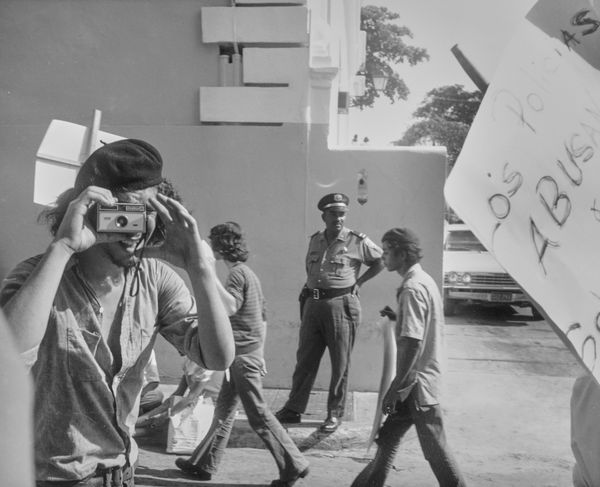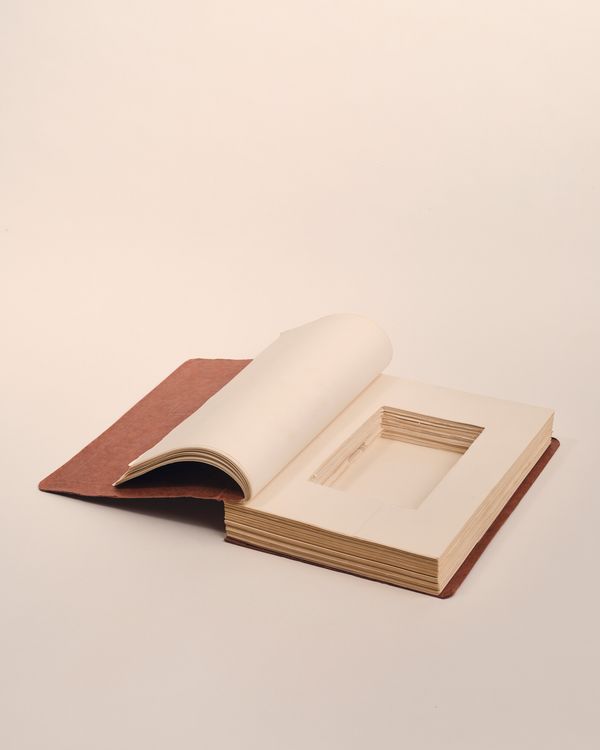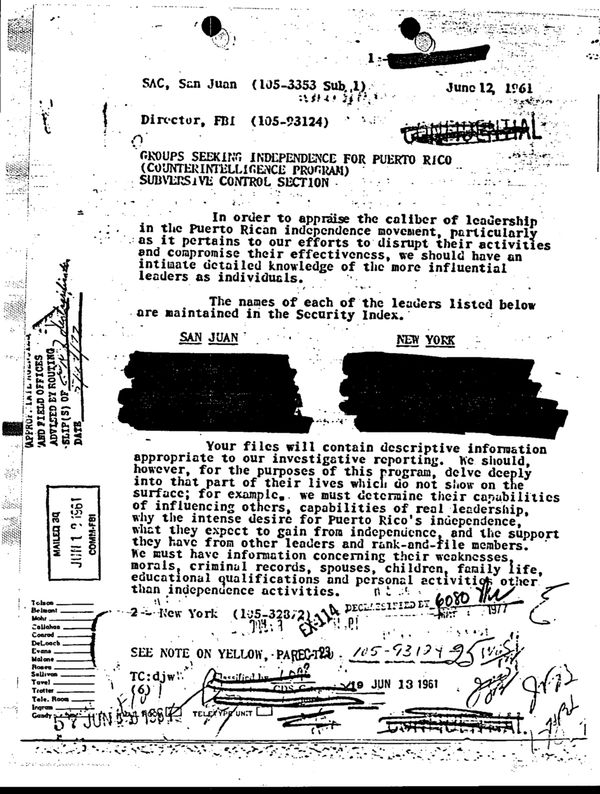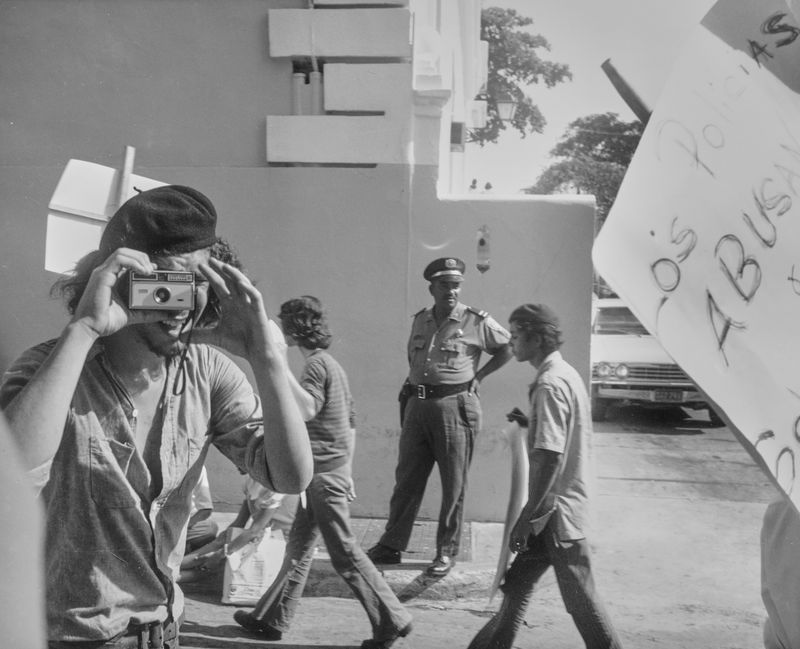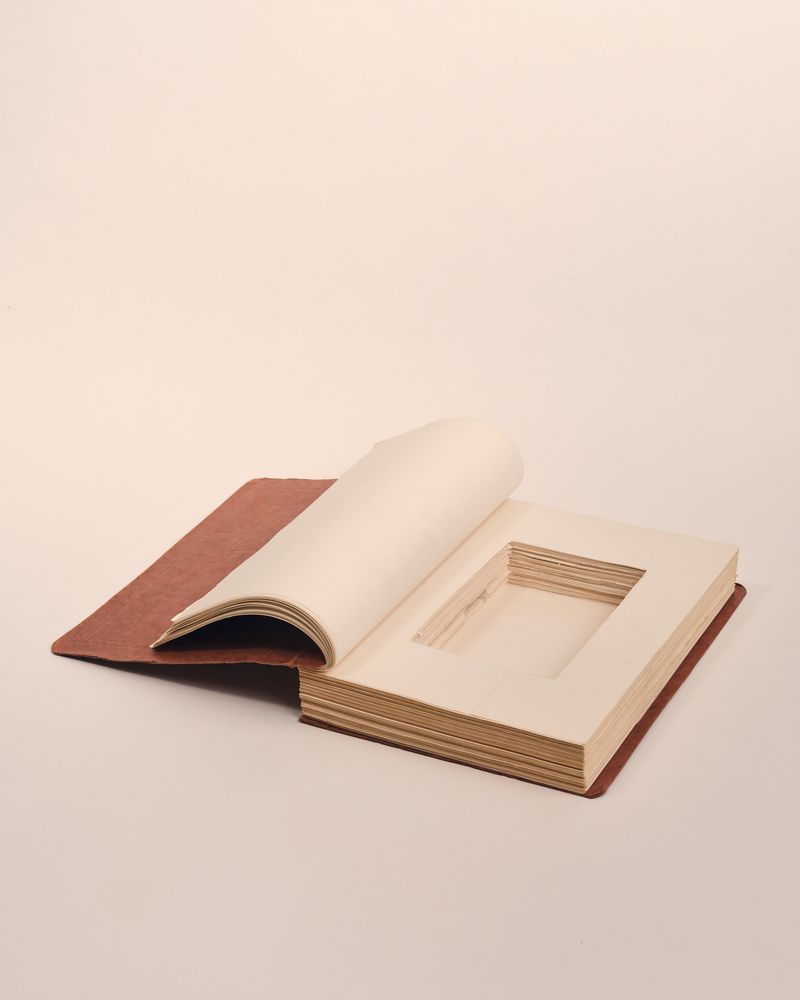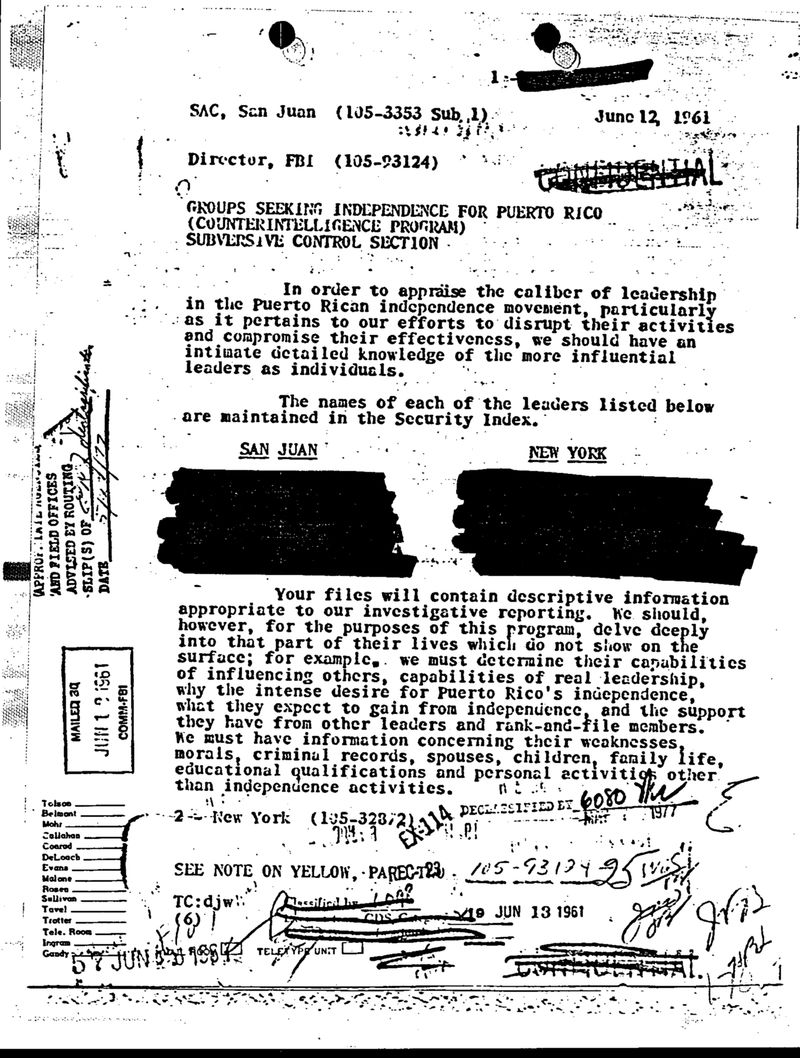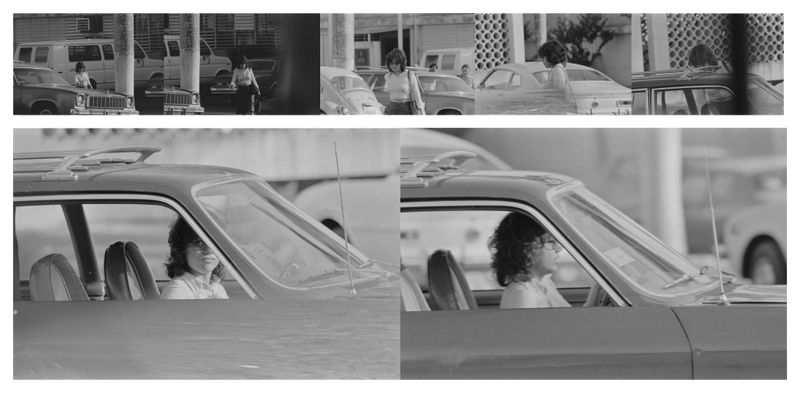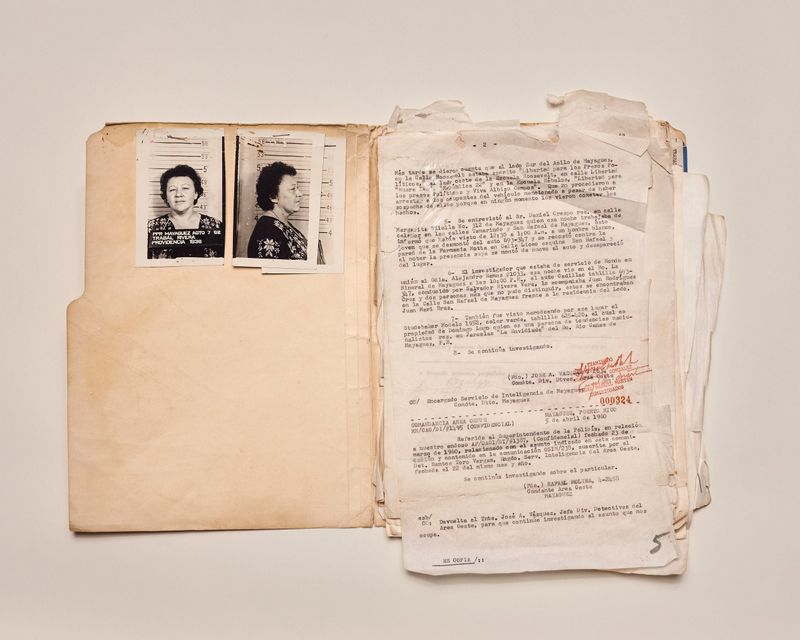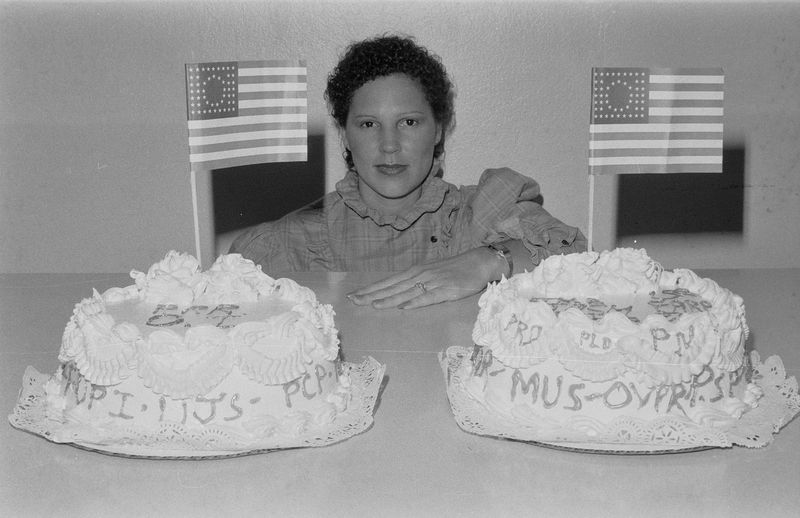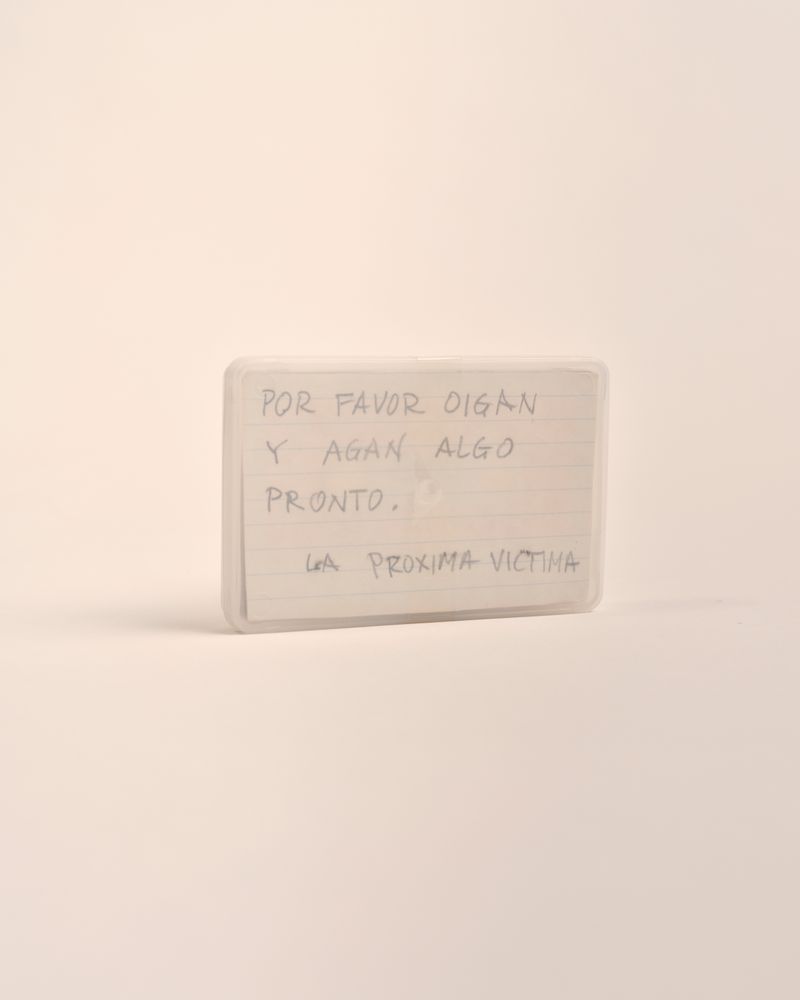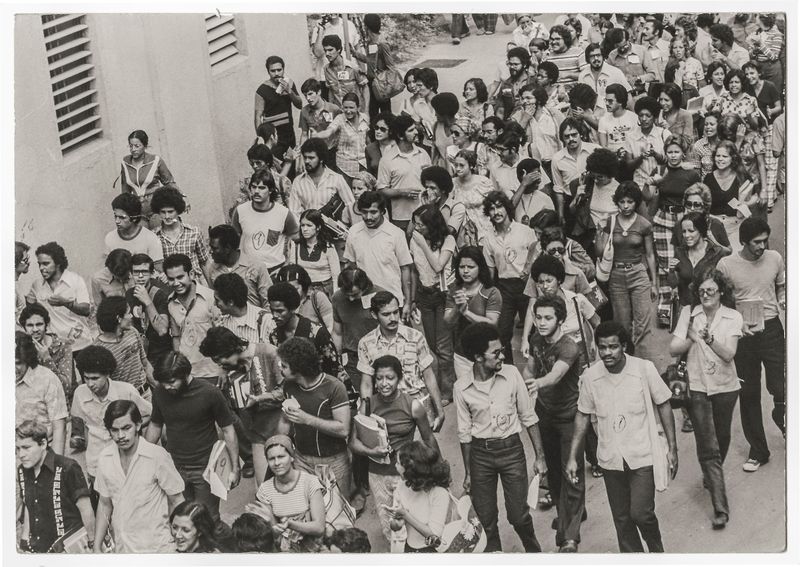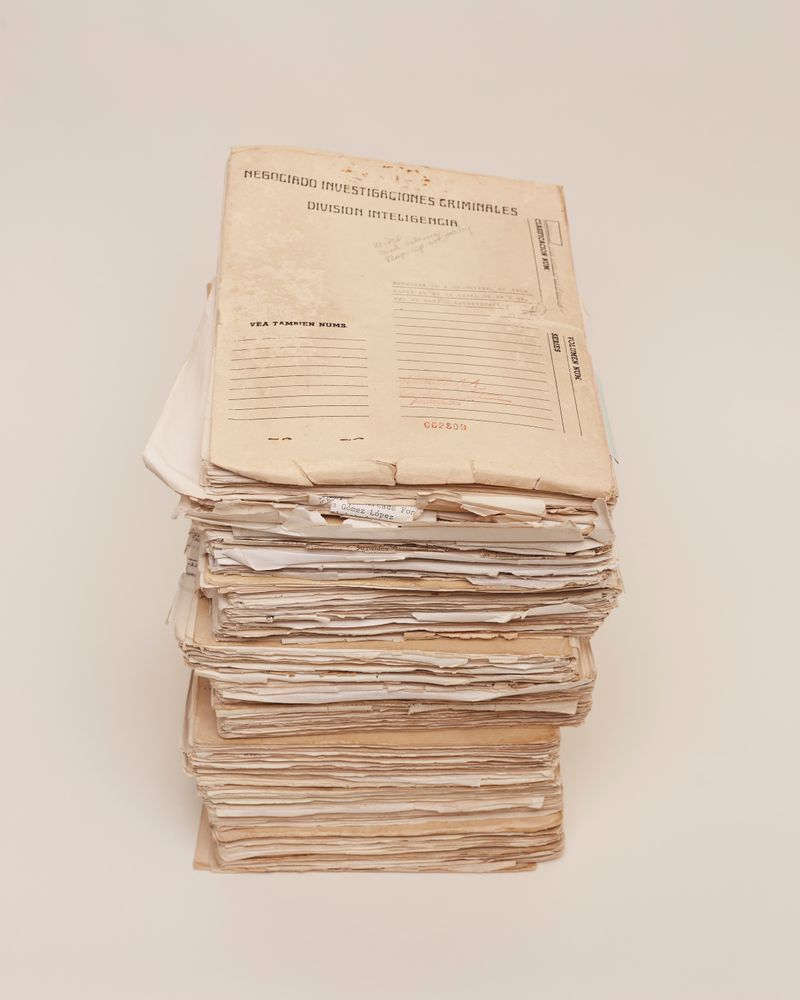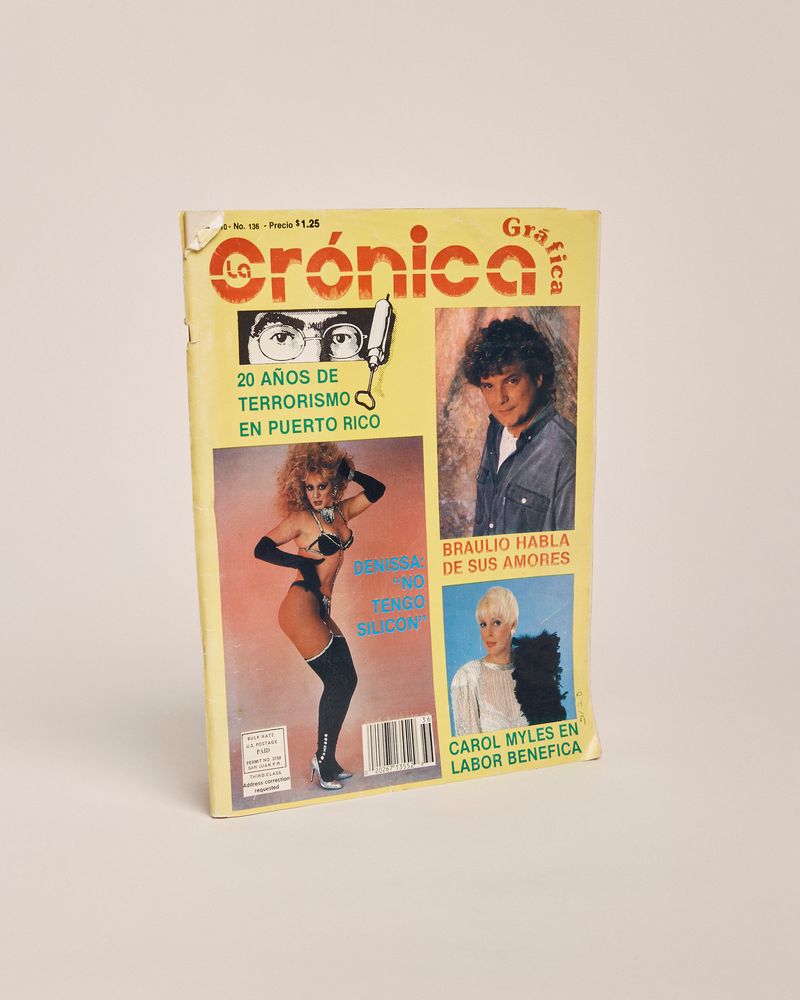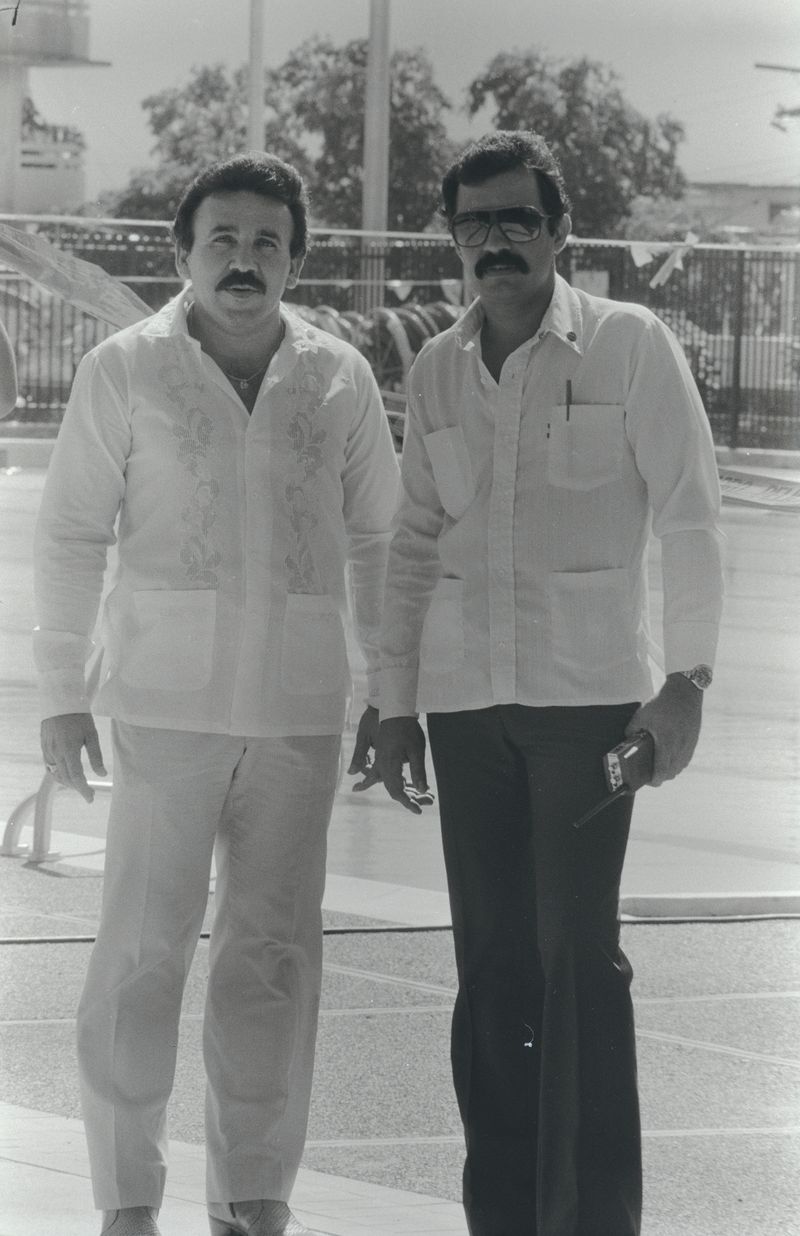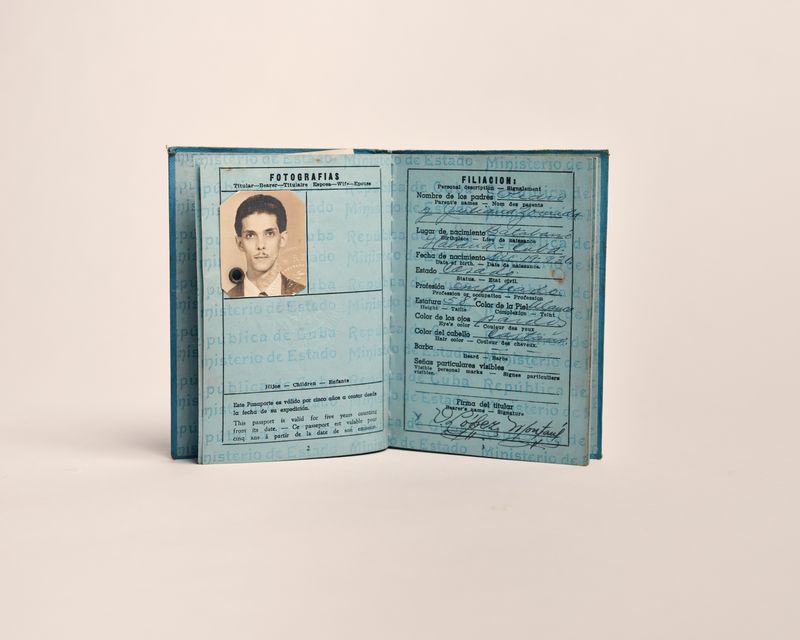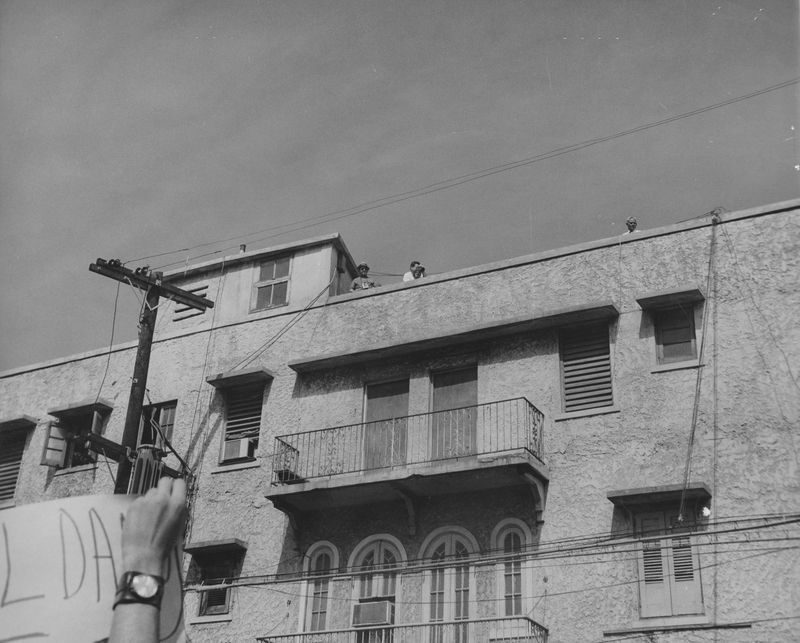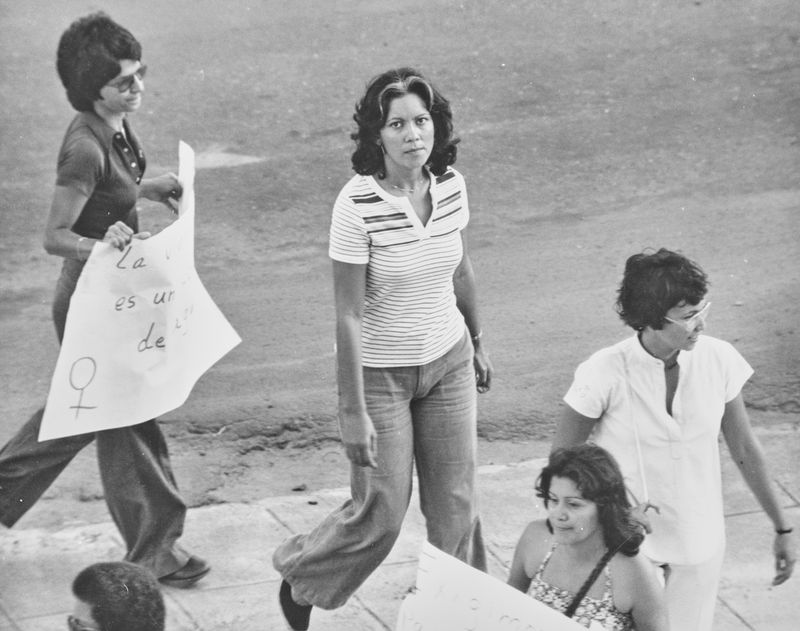El Gobierno Te Odia
-
Dates2014 - 2024
-
Author
- Location Puerto Rico, Puerto Rico
-
Recognition
El Gobierno Te Odia rescues the unseen archive of the Puerto Rican Secret Police. It reconfigures history investigating the bureaucratic residue of a government who imposed its own political will on its people.
From the 1940’s until 1987 the Puerto Rican Police- in collaboration with the FBI and CIA- watched, intimidated, and murdered political activists on the island. The program is one of the longest continuous surveillance programs by the US government on its own citizens. It was carried out by a secret police division that compiled 15000 extensive dossiers and tracked over 150000 people, mostly activists advocating for independence from the United States.
The program was uncovered in 1987 after a decade-long investigation into the brutal execution of two university students by the secret police. When the unit was dismantled, the original surveillance files were returned directly to the victims, whole and unredacted. This is the only such declassification in the world, and a rare view into the inner workings of how states use surveillance for ideological persecution. The files reveal that neighbors, close friends, and even family members were informants in exchange for money or under coercion. To this day, those who watched and were watched live side by side in a society with deep wounds but no collective memory of what happened.
For the last 10 years I have become a guerrilla archivist, finding and recompiling the archive through still life photography, digitization of over three thousand images from the secret police archive, and research. The resulting reconstructed “archive” repairs the web of time where it was broken, affording a window into forbidden political history and a chance at a national truth and reconciliation process at a time when the colonial relationship with the US is more fraught than ever.
The work is rooted in a few fundamental questions: How does the state “see” political projects that are in conflict with their own? By understanding the state’s gaze in that conflict we can come to understand the current civil society it built? If so, does that allow us to dismantle its control over us now?
Presenting this work is meant to be an atlas or a rubric for not only people in Puerto Rico, but the world as surveillance becomes a cornerstone of all political projects and conflicts.
